10 Setup Tips for Floating Row Covers That Extend the Season
Floating row covers are a simple way to protect your plants and extend the growing season. They help shield crops from cold, pests, and harsh weather. Installing them correctly ensures your garden stays healthy longer. Many gardeners find floating row covers easy to use and effective. Here are clear steps to help you install floating row covers with confidence.
This post may contain affiliate links, which helps keep this content free. Please read our disclosure for more info.
Choose the Right Row Cover Material
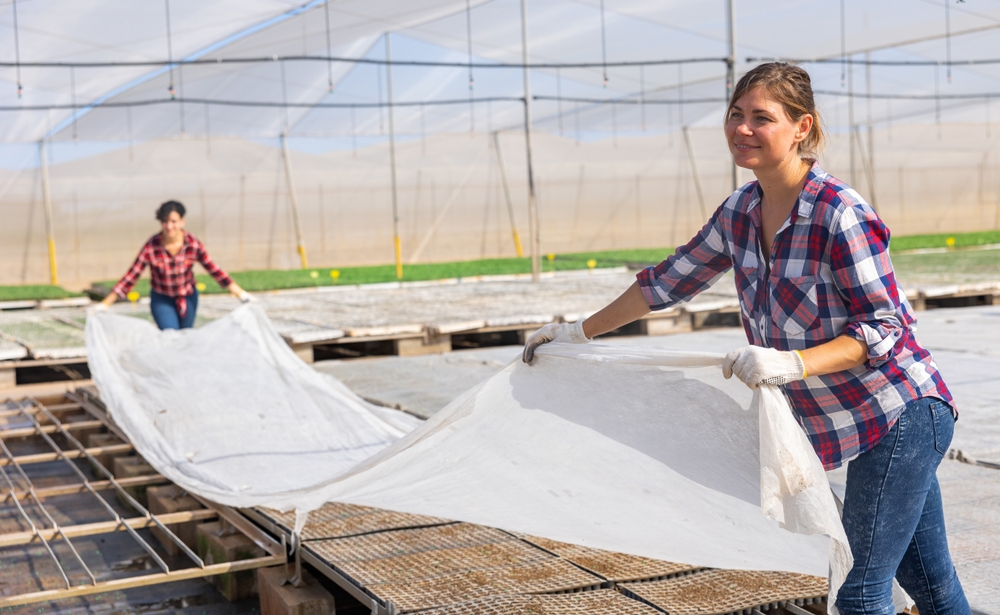
Start by selecting a floating row cover material suitable for your garden needs. Lightweight fabrics allow sunlight, air, and water to reach plants while protecting them from frost and insects. Heavier fabrics provide more insulation but may reduce light penetration. Consider your climate and the plants you want to protect when choosing the material.
Some materials come in different weights, measured in ounces per square yard. Lighter covers are ideal for warmer seasons, while thicker ones help in colder months. Check product details for UV resistance and durability. Choosing the right fabric sets the foundation for effective protection.
Measure Your Garden Beds
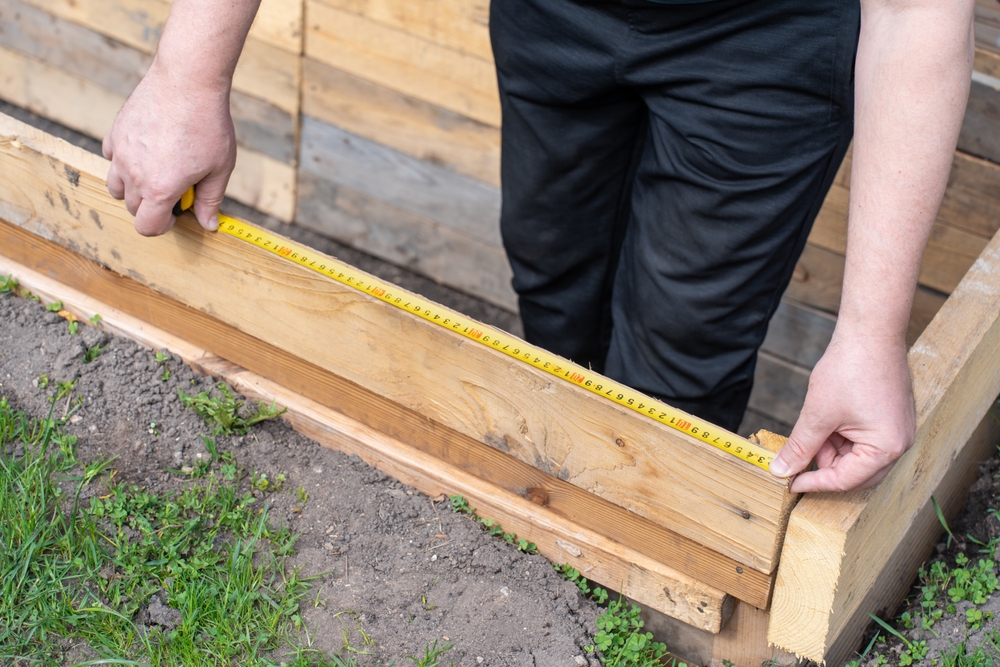
Before installation, measure the length and width of your garden beds accurately. This helps determine how much row cover material you need to cover your plants fully. Allow extra fabric to drape over the sides and be secured at the edges. Proper measurement prevents shortages or waste.
Measuring ensures the covers fit snugly without gaps where pests can enter. It also helps you plan for supports if needed. Mark your measurements clearly before cutting fabric. Well-measured covers provide better protection and ease of installation.
Prepare the Garden Bed
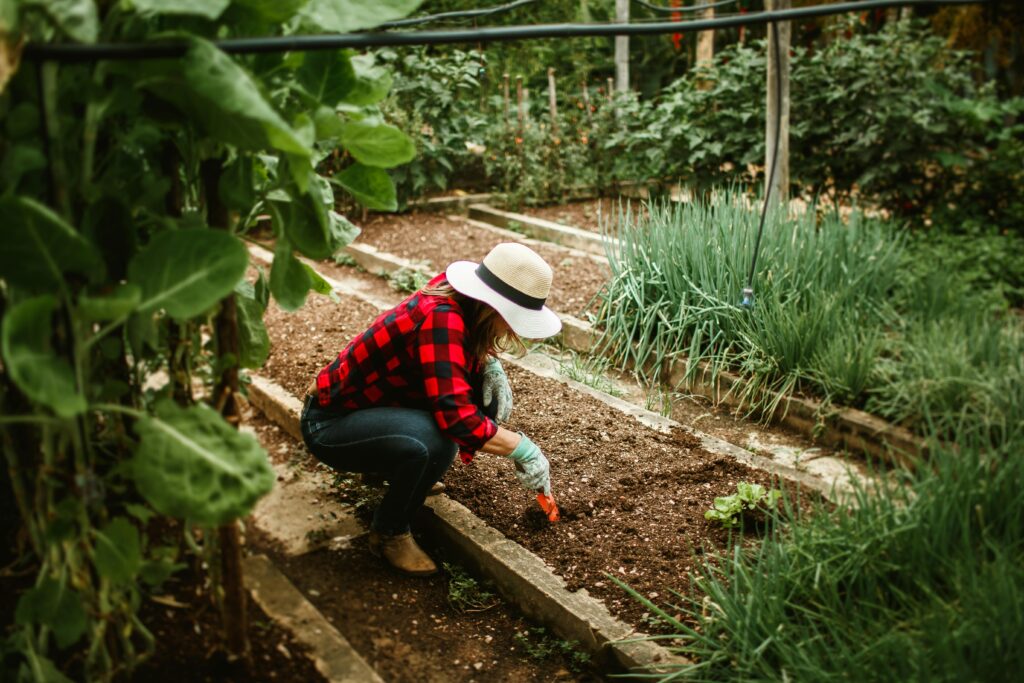
Clear the garden bed of weeds, debris, and sharp objects before laying down the row cover. Smooth soil helps the fabric lay flat and prevents tears. Water your plants before covering to ensure they have enough moisture. Preparing the bed promotes healthy growth under the cover.
Removing obstacles prevents damage to the fabric and supports better contact with plants. It also reduces places where pests can hide. Clean beds make it easier to install and remove covers. Taking time to prepare helps extend the life of your row cover.
Lay the Row Cover Over Plants

Carefully spread the floating row cover fabric over your plants, making sure it covers the entire bed. Avoid stretching the fabric tightly to allow room for plant growth and air circulation. The cover should float gently above the plants without crushing leaves. This technique gives plants space while protecting them.
Allow the fabric to extend beyond the edges of the bed to secure it properly. Smooth out any wrinkles or folds that might cause damage or reduce sunlight. Check that the fabric does not block essential airflow. Proper placement helps plants thrive and stay protected.
Secure the Edges
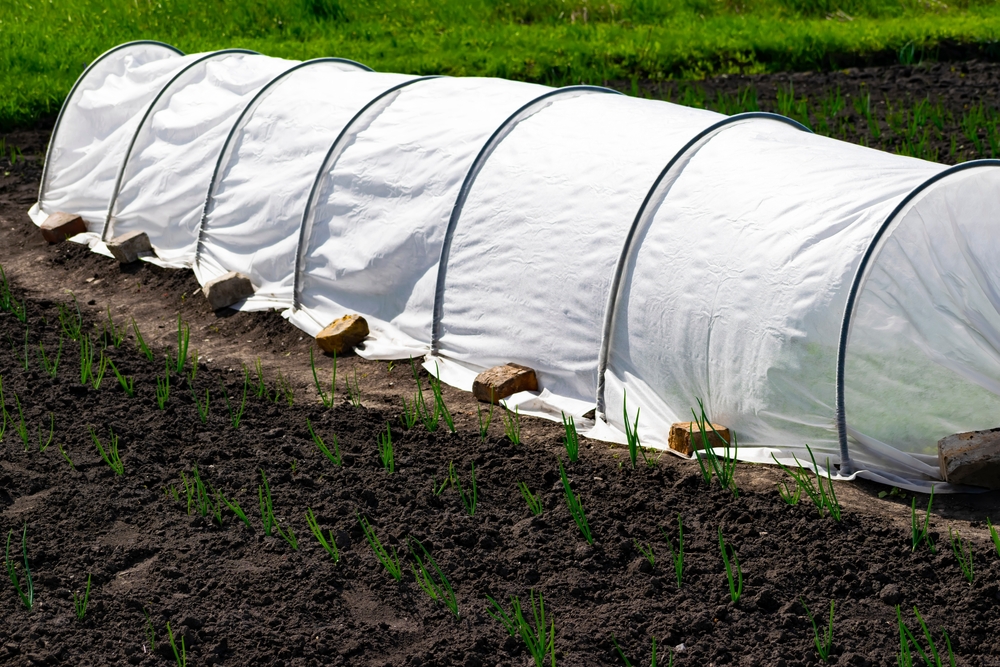
Use soil, landscape staples, or weights to secure the edges of the row cover fabric firmly in place. This prevents wind from lifting the fabric and exposing plants to cold or pests. Make sure the cover is anchored evenly around the bed for a tight seal. Securing edges also protects the cover from wear and tear.
If using soil, pile it along the edges to hold the fabric down. Landscape staples work well for long-term installations and prevent movement. Weights such as bricks or stones can be used in smaller gardens. Proper edge securing is crucial for effective protection.
Install Support Hoops if Needed
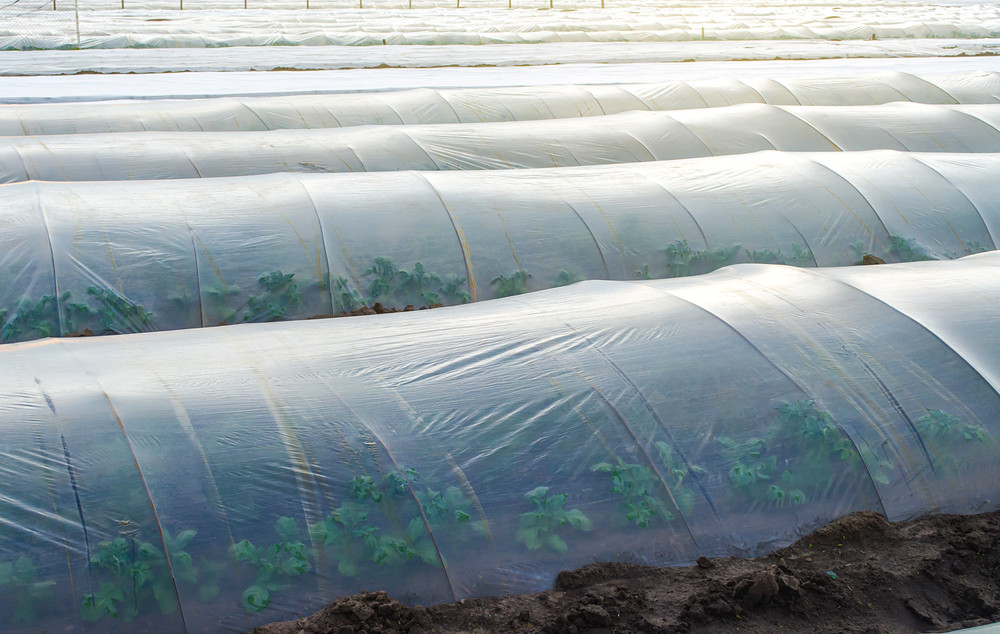
For taller plants or larger beds, consider installing support hoops under the row cover. These hoops keep the fabric elevated, preventing it from resting directly on plants. They are typically made of flexible plastic or metal rods. Support hoops help protect delicate crops and improve air circulation.
Space the hoops evenly along the garden bed to create a stable frame. This also makes it easier to remove or adjust the row cover. Hoops prevent damage from fabric weight and allow plants to grow freely. Using supports extends the usefulness of your row cover.
Monitor Weather Conditions
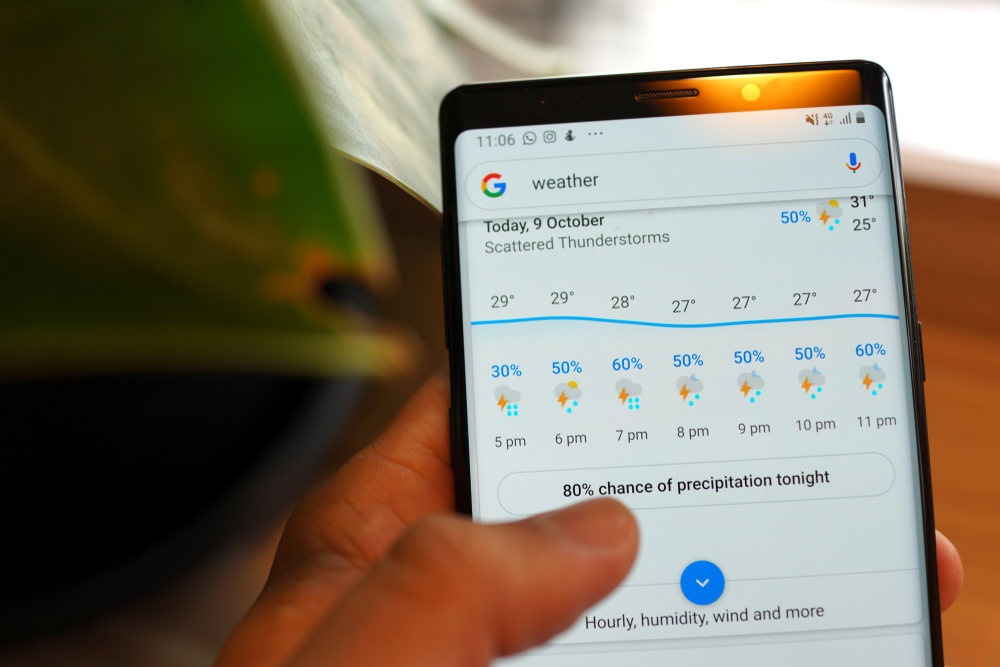
Keep an eye on weather forecasts to know when extra protection is needed. Floating row covers are effective against light frost but may not withstand heavy snow or strong winds. Remove or reinforce covers if severe weather is expected. Regular monitoring ensures your plants remain safe.
Adjusting your covers based on weather helps prevent damage to plants and fabric. During warm days, you might need to lift the cover temporarily for ventilation. Staying aware of conditions helps maintain plant health. Weather monitoring is an important part of using row covers successfully.
Water Plants as Needed

Even with row covers, your plants will still need regular watering. The fabric allows rain to pass through but may reduce evaporation, so check soil moisture frequently. Use gentle watering methods to avoid disturbing the cover. Proper hydration supports continued growth under the cover.
Avoid overwatering, which can cause mold or mildew under the fabric. Watering early in the day gives plants time to dry before night. Maintaining balanced moisture helps prevent stress. Row covers work best with consistent care.
Remove the Cover Periodically

Remove the row cover occasionally to inspect plant health and allow for air exchange. This helps prevent overheating and reduces the risk of fungal diseases. Take care when removing the fabric to avoid damaging plants. Regular checks allow you to catch problems early.
If temperatures rise, removing the cover can prevent heat stress. You can also prune or harvest crops during this time. After inspection, replace the cover securely. Proper timing of removal keeps plants strong.
Store the Row Cover Properly

After the growing season, clean the row cover fabric by shaking off dirt and washing if needed. Allow it to dry completely before folding to avoid mold growth. Store the fabric in a cool, dry place away from direct sunlight and pests. Proper storage preserves the material for future use.
Avoid folding the fabric in the same place repeatedly to prevent wear. Using a storage bag or container helps protect the row cover. Well-maintained covers can last several seasons. Good storage saves money and effort in the long run.
Using floating row covers is an effective way to protect your plants and extend the growing season. Following simple installation steps helps ensure your garden stays healthy and productive. Regular care and attention to your covers can prevent damage and improve plant growth. With these easy techniques, you can enjoy fresh produce for a longer time each year.
This article originally appeared on Avocadu.
